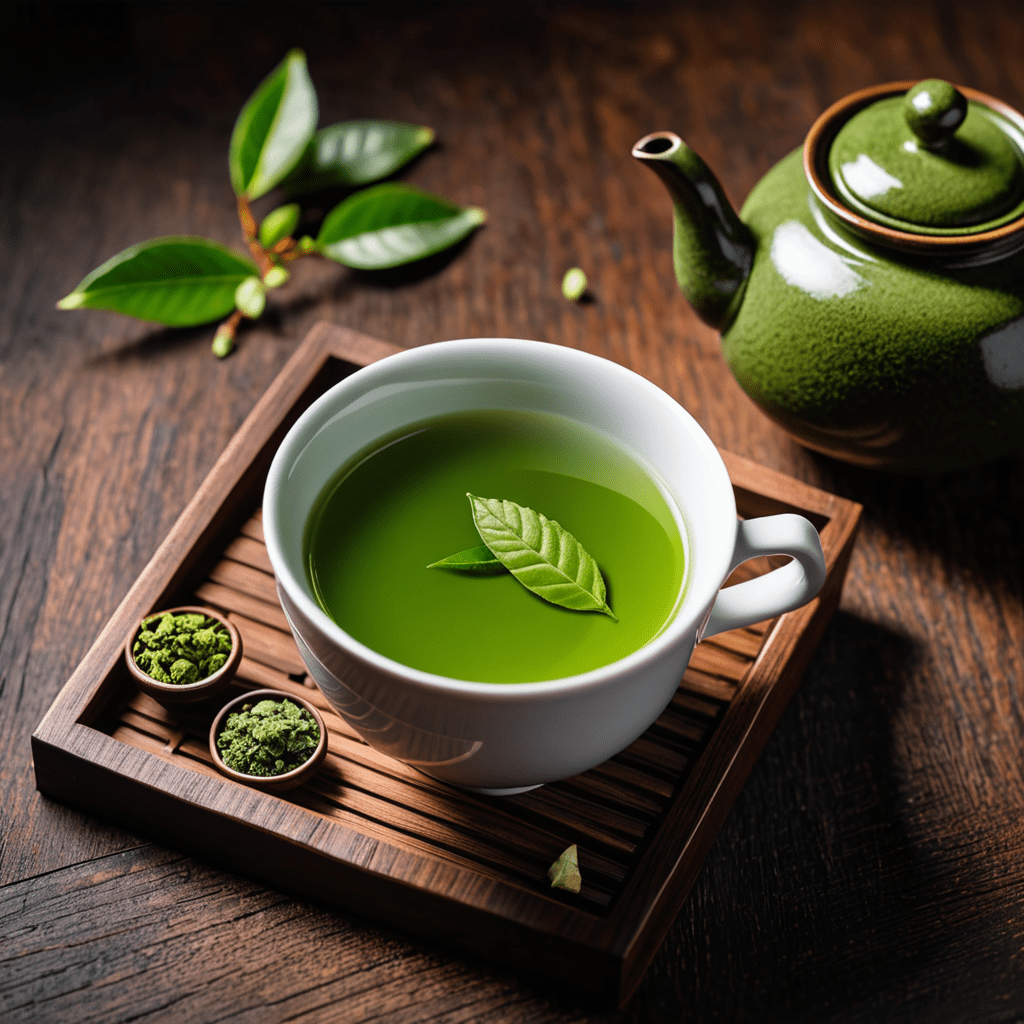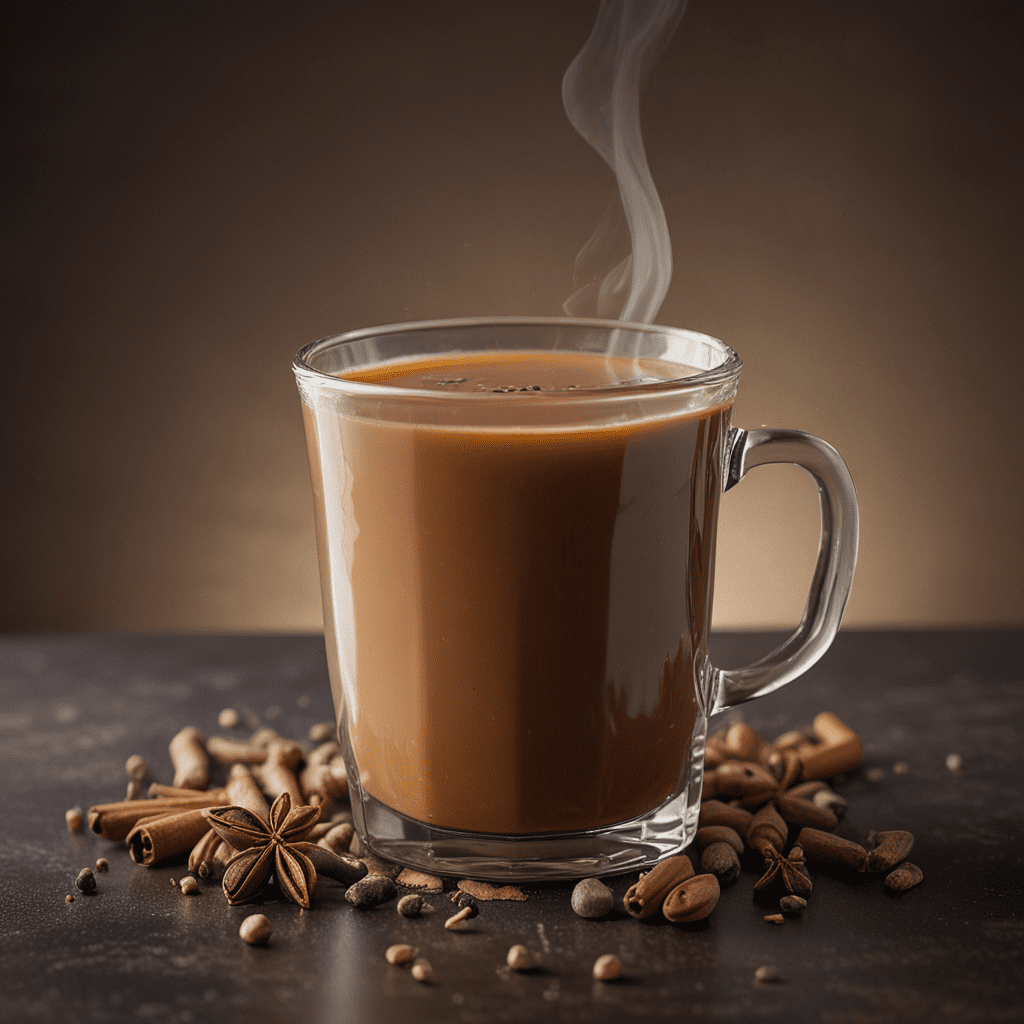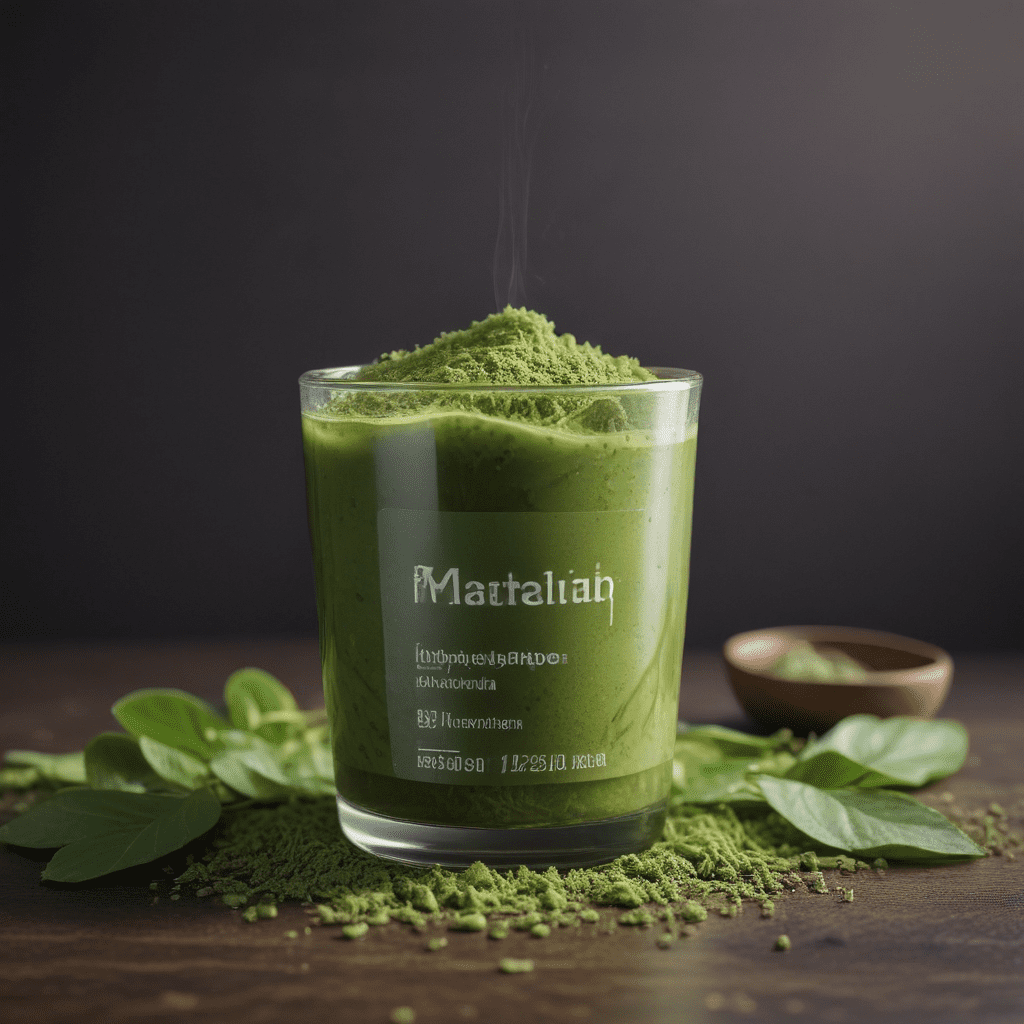
Discover the World of Japanese Green Tea Matcha
Welcome to the enchanting world of Japanese green tea matcha, where tradition, taste, and tranquility converge. This vibrant powdered tea has captured the hearts of tea lovers worldwide, and it’s time to unravel its beauty and benefits.
A Rich History of Japanese Green Tea Matcha
Originating in China and introduced to Japan in the 12th century by monks, matcha has been an integral part of the country’s cultural heritage and traditional tea ceremonies for centuries. Its cultivation and consumption have evolved, making it an inseparable part of Japanese daily life and beyond.
The Culinary Craft of Matcha Production
Matcha is derived from the shade-grown leaves of the Camellia sinensis plant, carefully grown, harvested, and processed to maintain its vibrant color and potent flavor. The leaves are stone-ground into a fine powder, preserving their natural nutrients and antioxidants, making matcha a true green elixir.
The Unique Characteristics of Japanese Green Tea Matcha
Distinct from other types of green tea, matcha is known for its vibrant emerald hue, silky texture, and rich, umami flavor. Its versatility enables it to be prepared and enjoyed in various forms, from the traditional whisked tea in the serene setting of a tea ceremony to fusion culinary creations like matcha lattes and desserts.
Unveiling the Health Benefits of Matcha
Beyond its delightful taste, matcha offers a plethora of health benefits. From being packed with powerful antioxidants, such as catechins and EGCG, to enhancing concentration and promoting relaxation through its L-theanine content, matcha is a true wellness elixir for both the body and the mind.
Brewing and Enjoying Japanese Green Tea Matcha
Creating the perfect cup of matcha involves precise measurements, the use of a bamboo whisk, known as a “chasen,” and a serene approach. Whether sipped as a traditional tea or blended into delightful culinary creations, matcha promises a captivating sensory experience.
Frequently Asked Questions About Japanese Green Tea Matcha
Here are answers to some commonly asked questions about Japanese green tea matcha:
Q: Does matcha contain caffeine?
A: Yes, matcha does contain caffeine, although in relatively lower amounts compared to coffee. The caffeine content in matcha provides a calming alertness due to its combination with L-theanine, which promotes relaxation.
Q: What makes matcha different from other green teas?
A: Matcha differs from other green teas due to the way it is grown, processed, and consumed. The unique shade-growing process and stone grinding give matcha its vibrant color, concentrated nutrients, and distinct flavor profile.
Q: How can matcha be incorporated into culinary creations?
A: Matcha can be used to elevate a wide range of recipes, including lattes, smoothies, baked goods, and savory dishes. Its versatile nature allows for creativity in the culinary world, adding a delightful touch of flavor and color.
Q: Is matcha suitable for everyone?
A: While matcha is generally safe for consumption, individuals sensitive to caffeine or those with specific health conditions should consume it in moderation or consult a healthcare professional before incorporating it into their diet.
Embark on a journey through the world of Japanese green tea matcha and savor the essence of a cherished tradition blended with modern allure. From its historical significance to contemporary usage, matcha embodies a world of harmony, flavor, and well-being.


